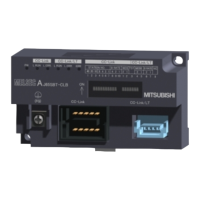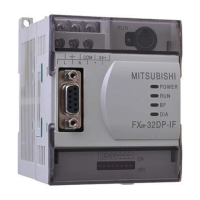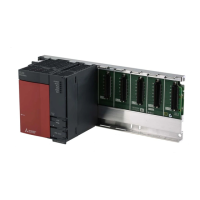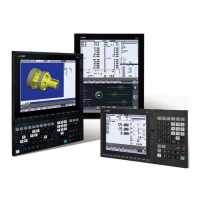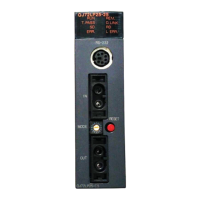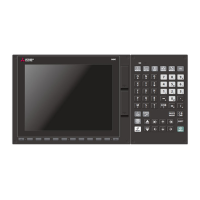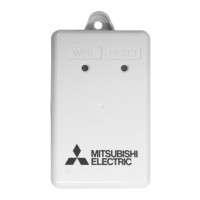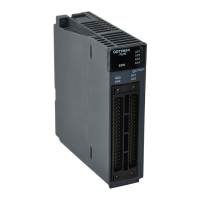Appendix - 43
MELSEC-A
APPENDICES
POSITIONING START
This refers the act of designating a target data
No. and starting the positioning.
The operation after the positioning is complete
for that data No. is determined by the data
No.'s positioning pattern.
PTP Control (Point To Point Control)
This is a type of positioning control. With this
control method, the points to be passed are
designated at random locations on the path.
Movement only to a given target positioning is
requested. Path control is not required during
movement from a given point to the next value.
PU (Programming Unit)
This is the abbreviation for "programming unit".
PULSE
The turning ON and OFF of the current
(voltage) for short periods. A pulse train is a
series of pulses.
REAL-TIME AUTO TUNING (Real-time
Automatic Tuning)
Refer to "AUTO TUNING".
REFERENCE AXIS SPEED
This is the speed of the reference axis during
interpolation operations.
axis speed
(interpolation axis)
X axis speed
(reference axis)
Reference axis speed
REGENERATIVE BRAKE OPTION
This function is an option. It is used when
carrying out highly repetitive
acceleration/deceleration.
Refer to "EXTERNAL REGENERATIVE
RESISTOR".
RLS SIGNAL (Reverse Limit Signal)
This is the input signal that notifies the user
that the limit switch (b contact configuration,
normally continuity) installed at the lower limit
of the positioning control enabled range was
activated.
The positioning operation stops when the RLS
signal turns OFF (non-continuity).
ROTARY TABLE
A round table on which the workpiece is
placed. Positioning control is carried out while
rotating the workpiece in a 360
°
range.
S-PATTERN
ACCELERATION/DECELERATION
In this pattern, the acceleration and
deceleration follow a sine curve, and the
movement is smooth. The S-pattern proportion
can be set from 1 to 100%.
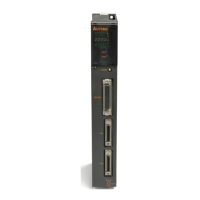
